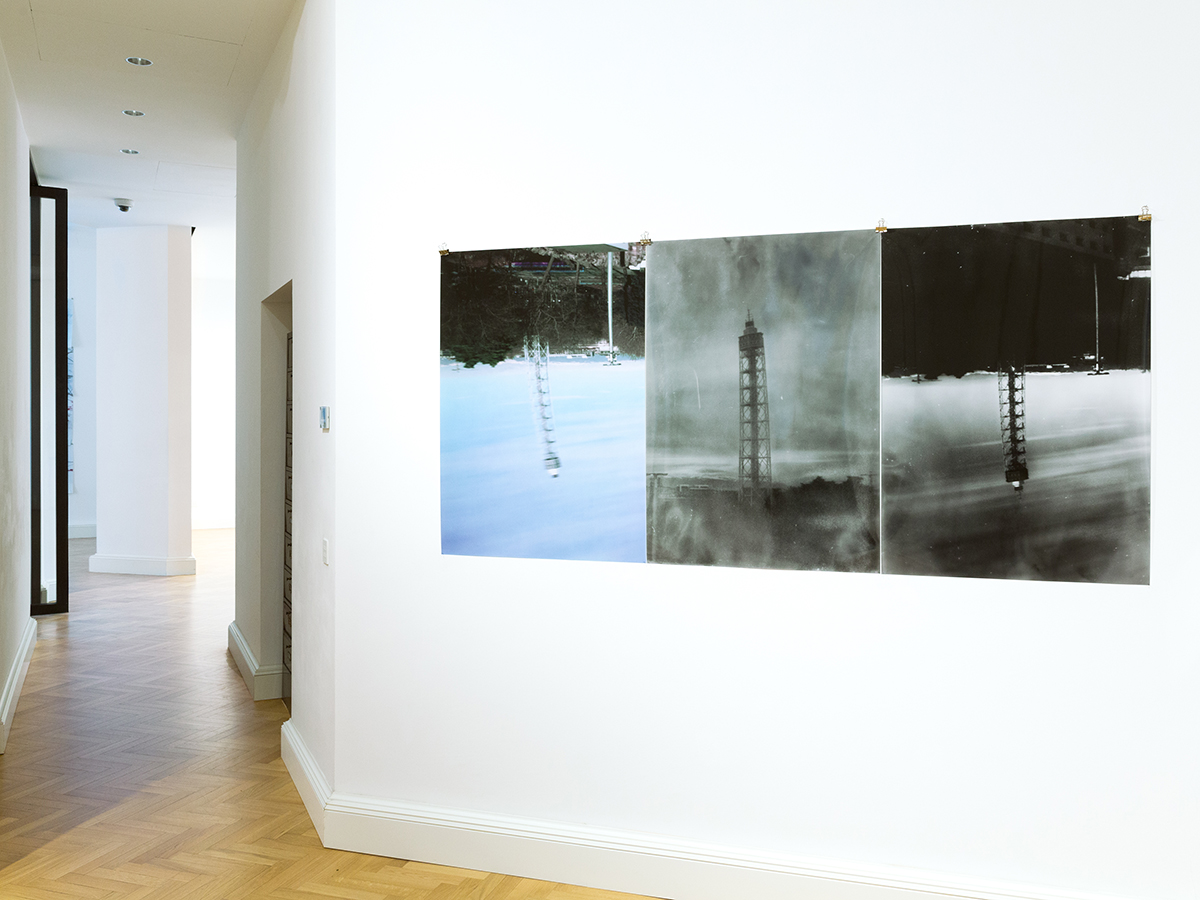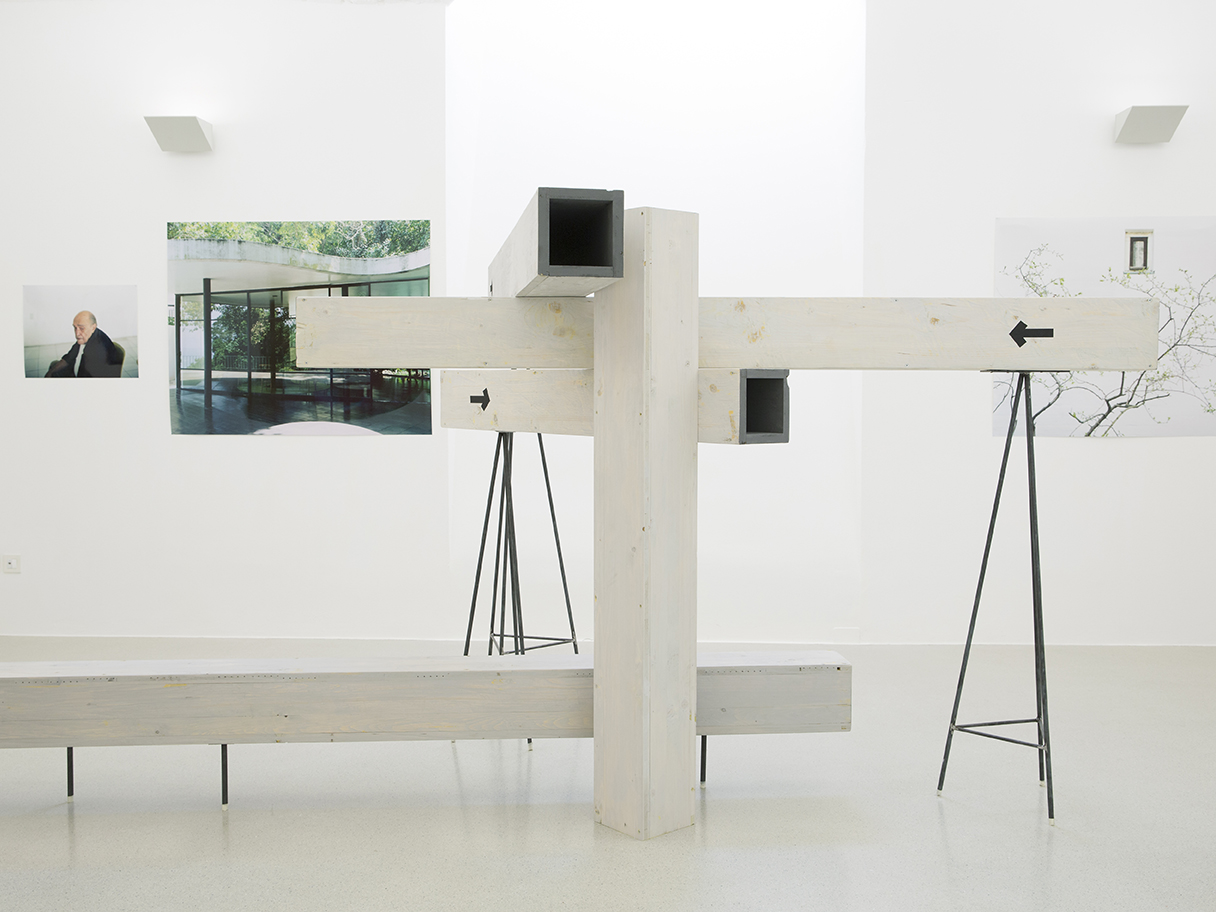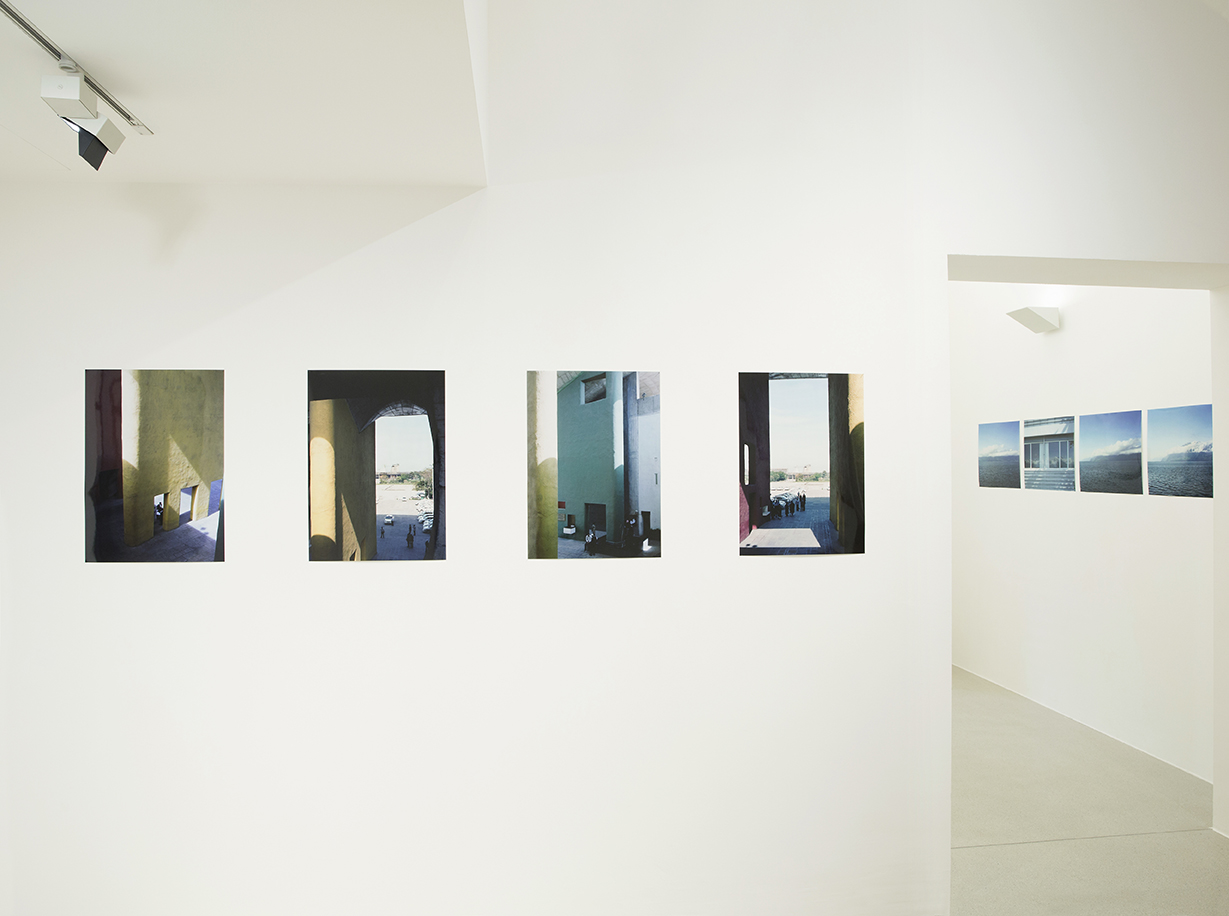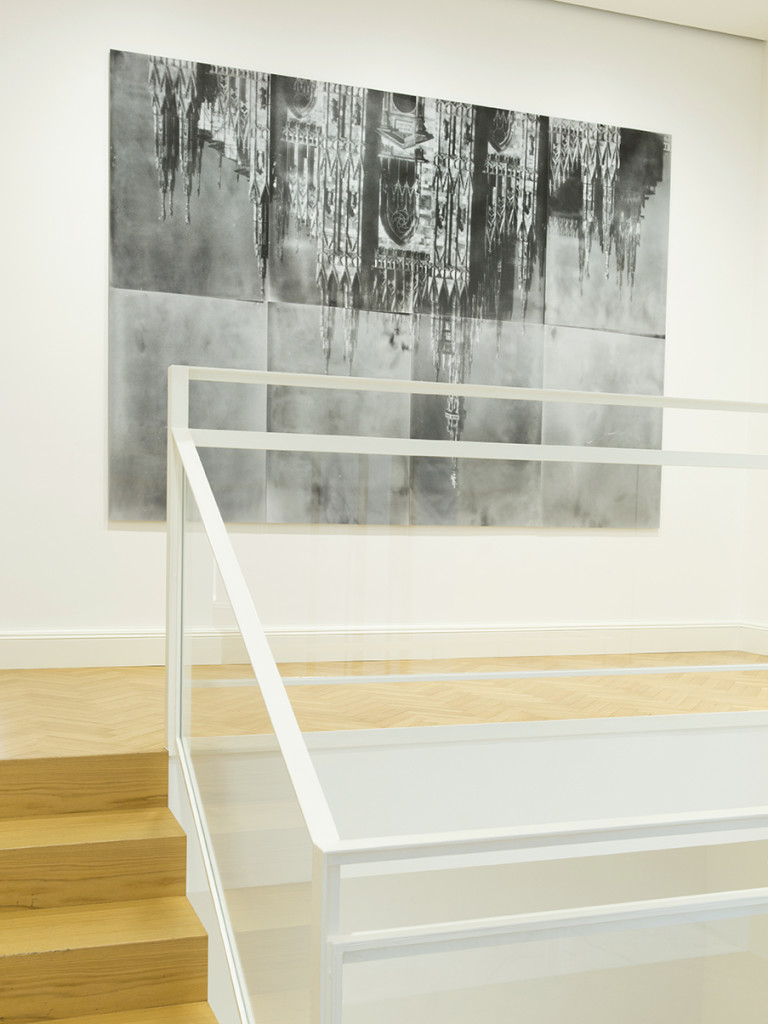La città Narcisista
Takashi Homma













For the
first time in Italy, La città narcisista.
Milano e altre storie presents an appraisal of the work of the Japanese
photographer Takashi Homma, operating on the international scene since the
early 1990s. The
exhibition revolves around three main themes which recur throughout the entire
corpus of Homma’s work: the city, the encounter between nature and human
intervention, and the acts of seeing and representing which lie at the very heart
of the photographic process.
The city is the protagonist of the series that gives the exhibition its title, one created by Homma especially for this occasion. These are photographs of fragments of Milan in which some of the most iconic architecture may be identified: the Cathedral, the Branca Tower, the Tower in the Park of Vico Magistretti, as well as some of the more recent skyscrapers that have taken their place on the urban skyline over recent years, including buildings designed by Zaha Hadid and Arata Isozaki. Homma takes these photographs using a camera obscura, drawing not only on the history of the medium he uses and of perspectival representation in general (many painters, from Leonardo to Canaletto, from Caravaggio to Vermeer, made use of this technique while painting), but going even further back: this is the city which, like Narcissus, is reflected in the water, finding itself upside-down and thus offering itself up to rediscovery. The metropolis suddenly winds down in Homma’s photographs; the hustle and bustle of the streets is replaced by the slowness of the ritual: at last every detail may be explored.
The city is the protagonist of the series that gives the exhibition its title, one created by Homma especially for this occasion. These are photographs of fragments of Milan in which some of the most iconic architecture may be identified: the Cathedral, the Branca Tower, the Tower in the Park of Vico Magistretti, as well as some of the more recent skyscrapers that have taken their place on the urban skyline over recent years, including buildings designed by Zaha Hadid and Arata Isozaki. Homma takes these photographs using a camera obscura, drawing not only on the history of the medium he uses and of perspectival representation in general (many painters, from Leonardo to Canaletto, from Caravaggio to Vermeer, made use of this technique while painting), but going even further back: this is the city which, like Narcissus, is reflected in the water, finding itself upside-down and thus offering itself up to rediscovery. The metropolis suddenly winds down in Homma’s photographs; the hustle and bustle of the streets is replaced by the slowness of the ritual: at last every detail may be explored.

